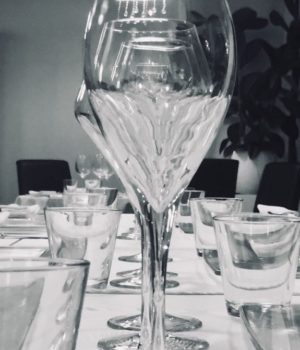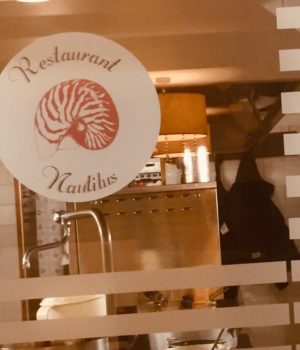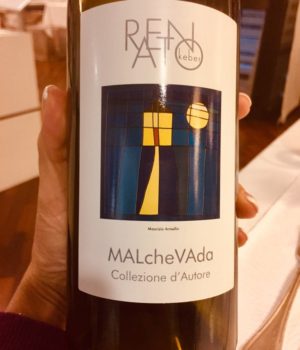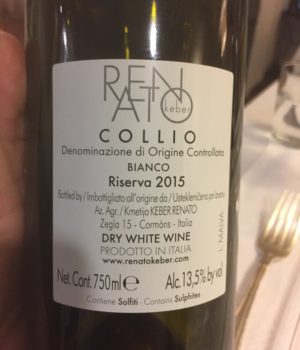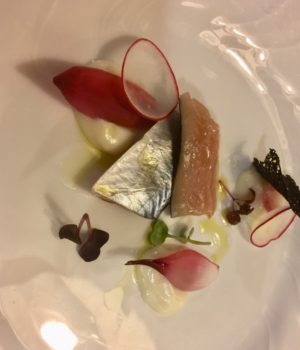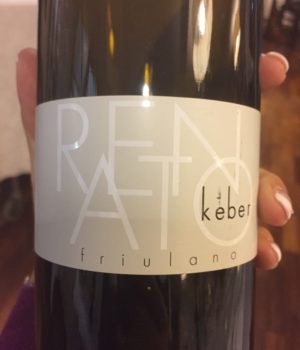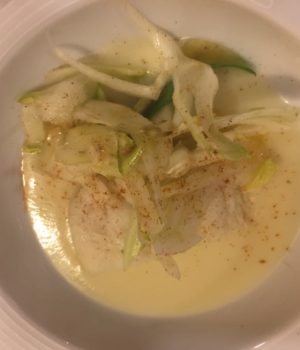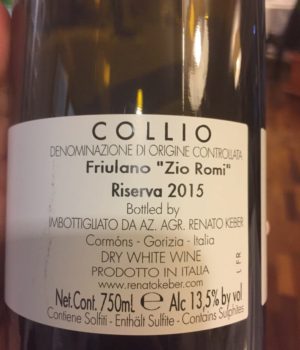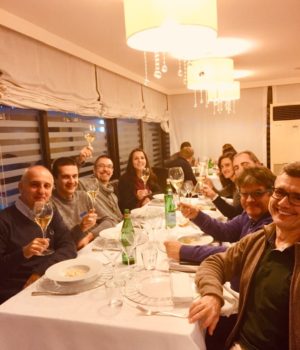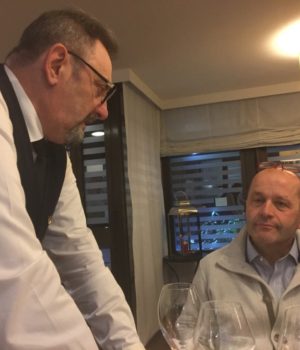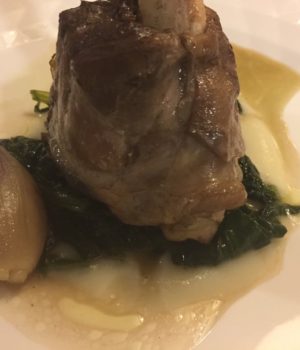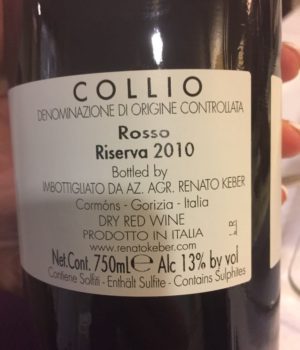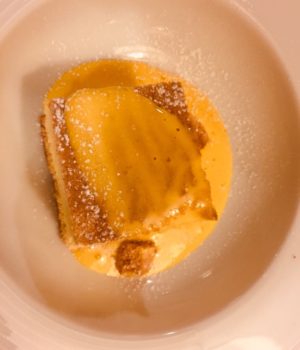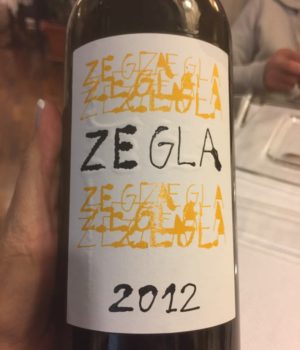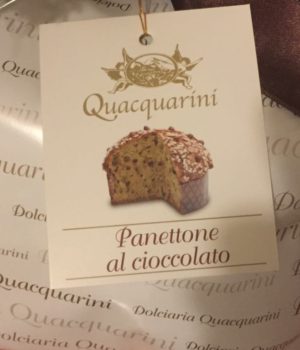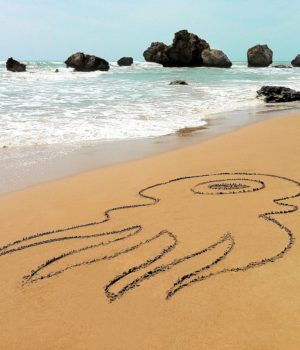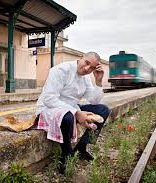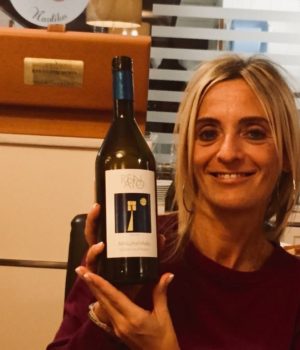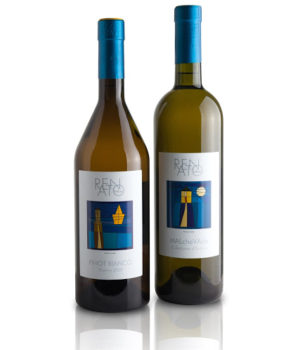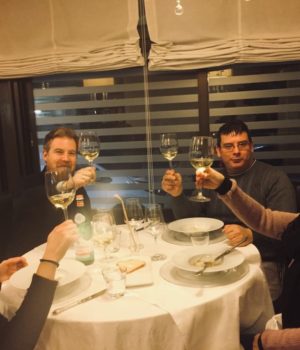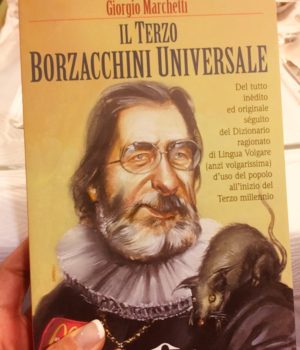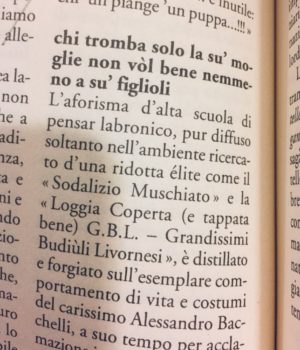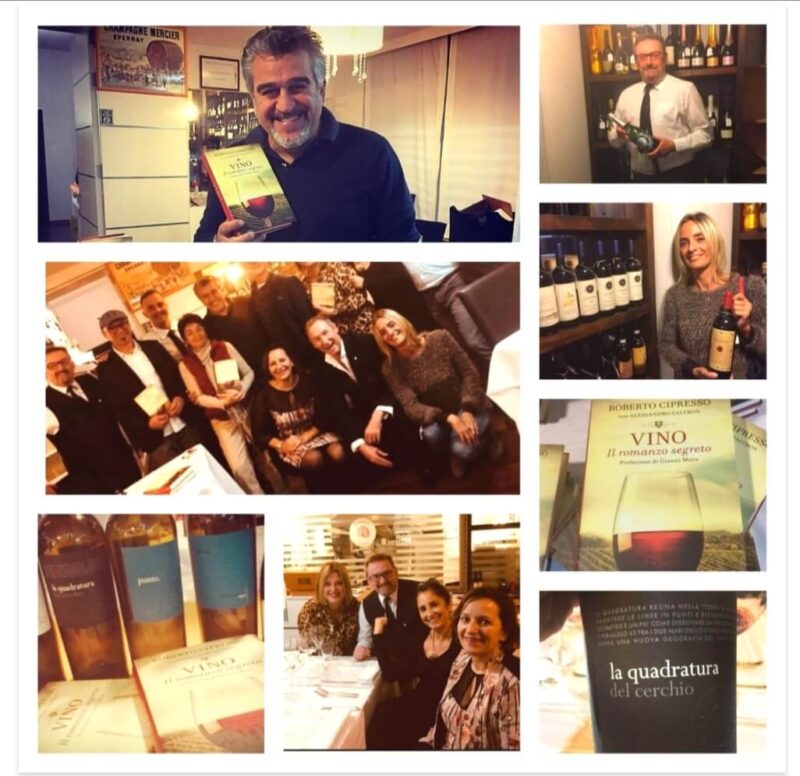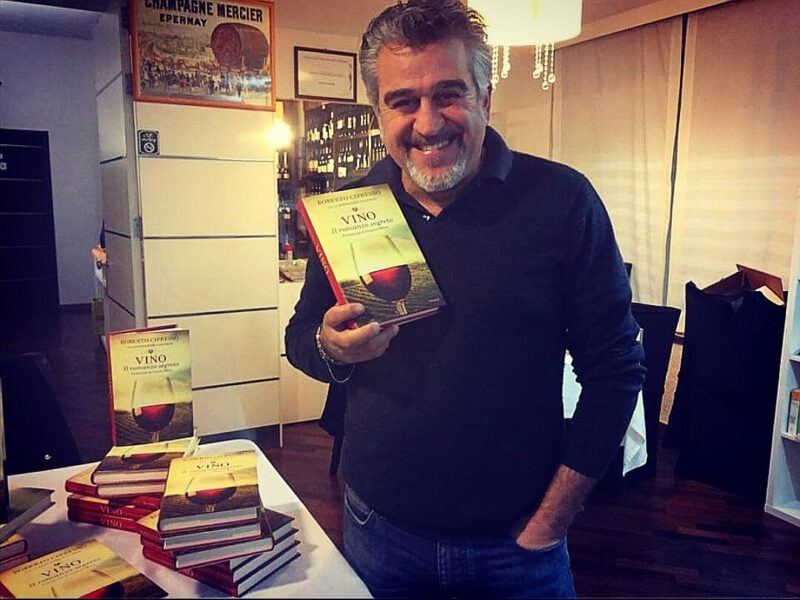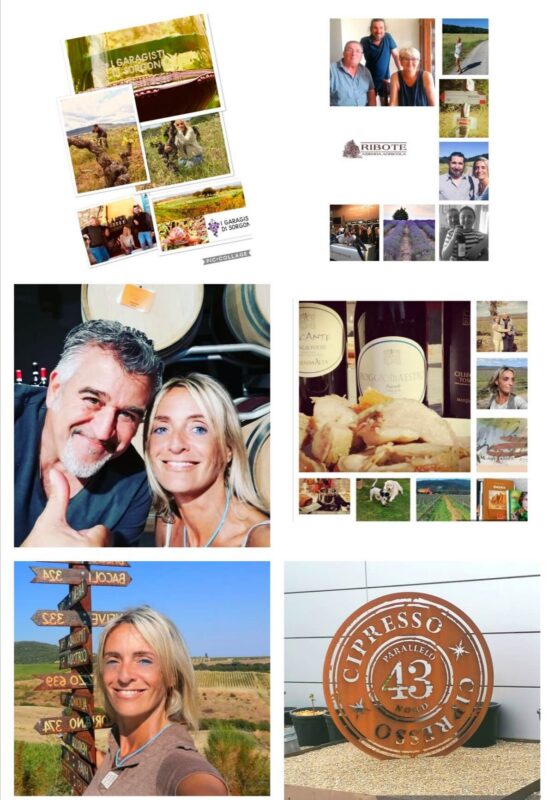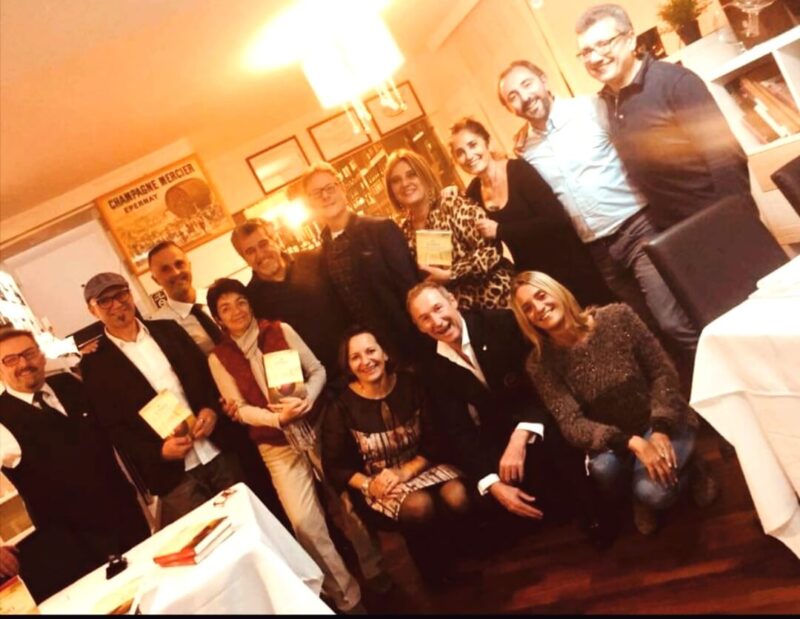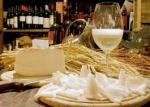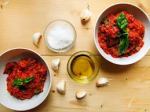Al “Nautilus”di Tirrenia, Pisa
Appuntamento ormai immancabile quello del giovedì sera con Andrea Baldeschi, esperto Sommelier AIS, che nel suo “Nautilus”, elegante ristorante a Tirrenia, intrattiene i suoi ospiti con una cena a tema. Trovo questa iniziativa geniale. Senza andare troppo lontano , direttamente a Pisa , ogni settimana ho la possibilità di divertirmi, fare nuove amicizie, mangiare e bere di qualità, scoprire bottiglie importanti e grandi nomi della produzione vitivinicola italiana.
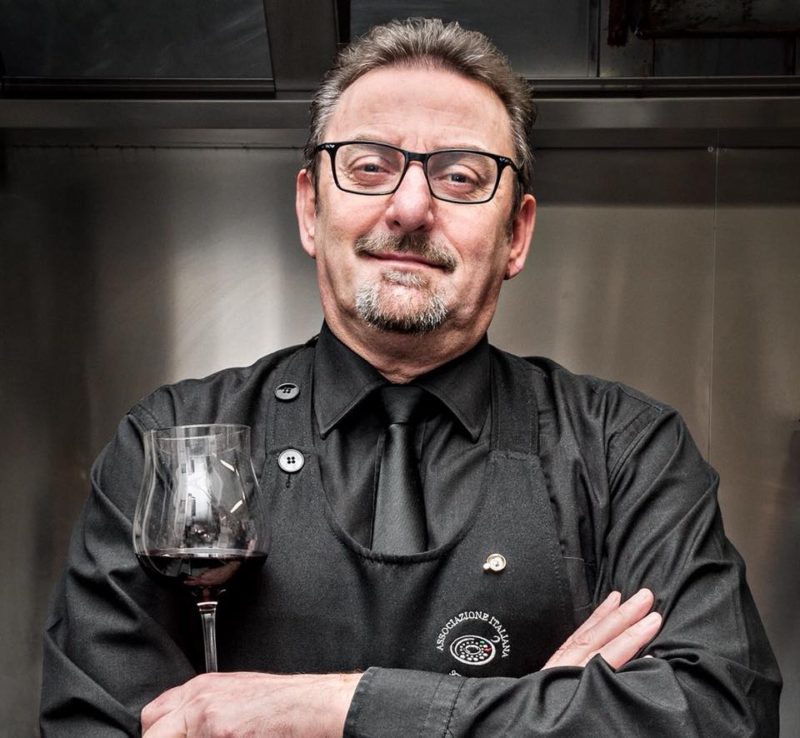
Andrea è un appassionato di Enogastronomia e lo scorso Aprile ha fatto il grande passo di mettersi in proprio, dopo una lunga esperienza di lavoro in bar e catering. Così a Tirrenia, una delle località balneari più affascinanti della Toscana, nasce il “Nautilus”. Si tratta di un piccolo ristorante raffinato, che racchiude tante innovazioni, a partire dalla cucina, non nascosta da muri e porte, ma a vista per permettere ai clienti di scrutare tra i vetri i cuochi all’opera. Andrea, affiancato da due chef professionisti nonostante la giovane età , ha scommesso sulla sua Passione per il Cibo e il Vino. Ha iniziato un’avventura, puntando soprattutto sulla ricercatezza dei piatti: pranzi, cene e apericene, primi, secondi, pesce e carne, tutto preparato al momento con prodotti locali, toscani e sempre freschi. E le soddisfazioni non mancano! Andrea ha già una sua clientela fissa e l’affetto di tanti, me compresa, perché oltre a essere un ristoratore esperto, è soprattutto un gran padrone di casa. Andrea ti accoglie sempre con un grande sorriso, ti fa sentire come in famiglia, e ti fa venire voglia di ritornare. Non ti stanchi mai di ascoltare i suoi aneddoti sui suoi giri per le cantine Italiane. Da Nord a Sud Andrea esplora lo stivale per collezionare Vini d’Autore, tutti gelosamente esposti nella cantina del suo “Nautilus”. In questo prezioso scrigno divino scintillano le etichette di Renato Keber, Winemaker Friulano, protagonista indiscusso di questa indimenticabile serata.
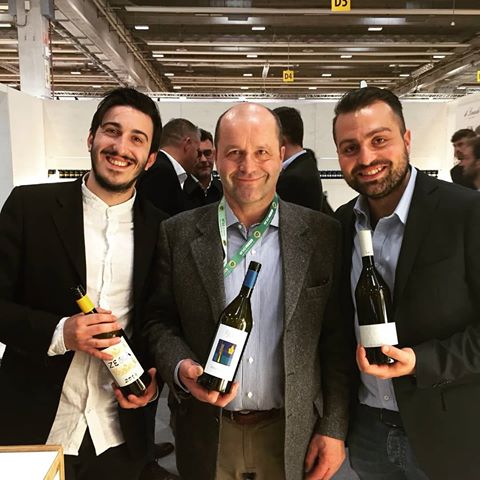
L’Azienda Renato Keber.
Renato Keber è un enologo , un numero uno tra i Produttori di Vini Friulani, che ha dedicato la sua vita alla propria famiglia e alla sua Azienda Vinicola .
L’ Azienda Keber si trova in Friuli Venezia Giulia, una terra di grandi vini, e precisamente a Zegla, a nord di Cormons, sul Collio, ai confini con la Slovenia. Le colline di Zegla sono un territorio meraviglioso dal punto di vista panoramico, e ideale per la viticoltura di qualità. Le colline godono di un microclima eccezionale, grazie all’esposizione favorevole e ad un’escursione termica ideale. Il resto lo fa il terreno: le marne arenarie del periodo Medio Eocenico (ponka) , che in questa zona conferiscono ai vini eleganza e longevità. Renato Keber produce vino in questa zona da quattro generazioni dal lontano 1900. La storia di famiglie contadine attaccate al loro lavoro, al proprio territorio, per cui l’allevamento di bestiame, e le coltivazioni agricole, la viticoltura, sono state da sempre le principali attività di sostentamento.
L’Azienda Keber si estende per 15 ettari terrazzati , impianti fitti, allevati con sistema Gujot: 11 a Zegla, 2 a Cormons e 2 al confine di Plessiva. Vengono prodotte dalle 60 mila alle 70 mila bottiglie. Essa punta in prevalenza sui bianchi, non solamente gli autoctoni Friulano e Ribolla Gialla, ma anche gli internazionali Pinot Bianco, Pinot Grigio, e Chardonnay. Non mancano le varietà a bacca rossa: Merlot, Cabernet Franc, Cabernet Sauvignon. L’ Azienda Keber si è oggi evoluta, adattandosi alle esigenze di utilizzare macchinari più moderni e complessi, senza rinunciare alla qualità del lavoro in vigna ed in cantina, che ha sempre contraddistinto i vini di Renato Keber.
A Tavola con Keber!
La Cena Degustazione al “Nautilus” con i Vini Bianchi e Rossi di Renato Keber, sapientemente abbinati con invitanti portate di pesce e carne, mi portano direttamente in Friuli Venezia Giulia, e vengono fuori i ricordi di questo posto straordinario dove sono stata un paio di anni fa.
Ecco un viaggio enogastronomico nell’estremo Nord-Est della nostra Penisola attraverso il menù proposto dal “Nautilus” questa sera a cena:
- “MALcheVAda”, una Malvasia friulana, la cui freschezza e buona persistenza accompagnano un antipasto di acciughe in crema di verdure;
- “Friulano Doc 2015 Zio Romi R. Keber” , “Friulano” 100%, con un primo di pasta di acciughe e pan grattato;
- “Collio Rosso Riserva 20102”, un taglio bordolese (Cabernet Franc, Cabernet Sauvignon e Merlot), dal gusto morbido e avvolgente, con agnello a forno in letto di spinaci e patate;
- “Zegla 2012” , un “Friulano” dal colore giallo paglierino di buona intensità, limpido e brillante, con note di mandorla, di buona struttura, perfetto per accompagnare una torta margherita affogata nella crema di zabaione e una fetta di panettone firmato “Quacquerini”, rigorosamente toscano nella sua anima di cioccolata e Vernaccia di Serrapetrona!

La regia “culinaria” di Andrea e l’ingresso in scena dei Vini di Renato Keber sono un film da oscar. Il premio è per loro l’attenzione quasi sacra di noi commensali. C’è silenzio, parlano Andrea Baldeschi e Renato Keber, che regalano il meglio della Cucina Toscana e della Tradizione Vinicola Friulana, abilmente intrecciati e spiegati in ogni minimo particolare. Ed è questo il momento più bello di questo incontro con il produttore friulano. Siamo tutti incuriositi e rapiti dalle storie di Renato Keber sulla produzione dei suoi vini, che, tra una domanda e l’altra, degustiamo e comprendiamo meglio. I vini di Renato Keber non sono vini modaioli, ma di nicchia. Sono fini , minerali, intriganti, ma anche molto complessi. Non sono vini facili e immediati, di quelli che ti seducono con poco, per poi farsi dimenticare. I vini di Renato Keber hanno bisogno di un po’ di tempo per aprirsi, farsi conoscere, un po’ forse come gli stessi friulani, di quelli che all’inizio possono sembrare un po’ alteri, ma poi, ti danno l’anima . Ciò che mi ha colpito di Renato Keber è la sua personalità, che ti coinvolge piano piano con gentilezza, con riservatezza. Scambiando due chiacchiere con Renato Keber capisci subito che è un uomo genuino, serio, che porta avanti i suoi ideali e con successo, senza gridarlo al mondo. E questo è tanto chiaro quanto il tono della sua voce, che diventa più penetrante, quando durante la serata ci fornisce l’anteprima del suo prossimo traguardo in viticultura, il “Progetto Cru di Zegla”. Renato Keber ha deciso di creare un “Cru” seguendo un disciplinare ben preciso:
- le uve, 100% Tocai – Friulano devono provenire tassativamente dalle vigne di Zegla;
- la vinificazione prevede tre giorni di macerazione, avvio di fermentazione con lieviti autoctoni;
- affinamento in legno per 2/3 anni, dopo di che le bottiglie vengono messe a dimora per cinque anni;
- il vino sarà prodotto solo nelle migliori annate e ciascun produttore potrà decidere in base alla sua vendemmia.
E noi aspettiamo che questo sogno si realizzi, perché esiste vento favorevole solo per chi sa cosa vuole, e Renato Keber arriverà presto al suo porto, spinto dalla passione per il suo lavoro, per il vino e per il suo territorio, il Friuli Venezia Giulia. Renato Keber ama ciò che fa e non lascia nulla al caso, come alcune delle etichette delle sue migliori bottiglie affidate a un artista veneto Maurizio Armellin, che cura anche l’immagine del ristorante stellato “La Madia”, di Pino Cuttaia a Licata, mia bella città natale in Sicilia. Come è piccolo il mondo! Non finisce qui il legame tra Arte e Vino. Renato Keber è tra coloro che finanziano il film del 2013 “Zoran, il mio nipote scemo”, del suo amico regista goriziano Matteo Oleotto. Un film che ha ricevuto vari riconoscimenti come quello avuto alla 70° Mostra Cinema di Venezia, perché in modo semplice e diretto parla del Friuli Venezia Giulia e della Slovenia e del rapporto viscerale di questa gente con la terra e il vino! Nel film Paolo Bressan, quarant’anni, inaffidabile e dedito al piacere del buon vino, vive in un piccolo paesino vicino a Gorizia. Trascina le sue giornate nell’osteria del paese, l’”osmiza” ,che nella cultura rurale friulana e slovena è il luogo principale di aggregazione, più del bar, perché somiglia a una casa. Paolo si ostina in un infantile stalking ai danni dell’ex-moglie Stefania. Un giorno muore una sua vecchia zia, unica tutrice di Zoran, quindicenne un po’ strambo, nato e cresciuto tra le montagne della Slovenia, e a Paolo spetta il compito di supplire all’anziana signora. Prendendosi cura del ragazzo, Paolo ne scoprirà una abilità singolare: è un vero fenomeno a lanciare le freccette. Questa per Paolo è l’occasione tanto attesa per prendersi una rivincita nei confronti del mondo.
Il vino di Renato Keber è un ottimo motivo per ritornare in Friuli, una terra magica, che anche se a volte è dimenticata dai consueti itinerari turistici, è molto ricca di cose da scoprire. Storia, Arte, Cultura, e paesaggi diversi e mozzafiato, splendide città e borghi gioiello. Il Friuli Venezia Giulia ha tantissimi luoghi inaspettati e vale la pena andare alla ricerca di questi tesori che non hanno nulla da invidiare al resto del nostro Belpaese, così come i vini di Renato Keber. E se non sapete dove pernottare, Renato Keber ha pensato anche a questo: l’ ”Agriturismo Zegla” , situato proprio nel cuore dei vigneti dell’azienda.
Renato Keber, vi aspetta !
Enjoy it!
Stefania


